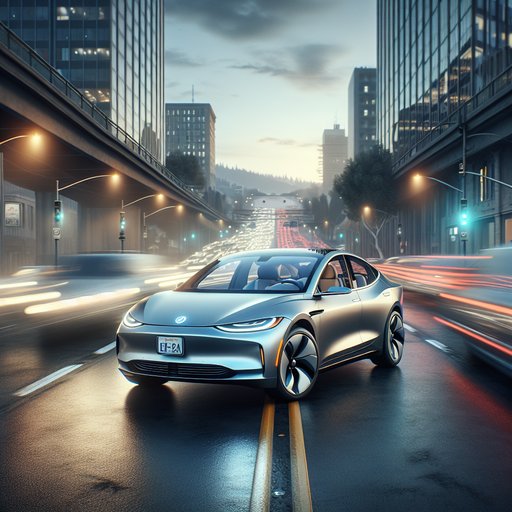
We put a 2024 Tesla Model 3 Long Range (AWD, 18-inch aero wheels) through a full-day range evaluation across urban streets, steady-state highway, and a mountainous mixed loop to see how close it gets to its EPA estimate in real conditions.
The 2024 Model 3 Long Range pairs dual motors with an EPA combined rating of 341 miles on the 18-inch aeros. The pack’s usable capacity is approximately 75 kWh, with DC fast charging peaking at a claimed 250 kW and an 11.5 kW onboard AC charger. Our test car wore all-season tires at the factory-recommended 42 psi cold; we verified pressures hot before each loop. Testing spanned a mild spring day (62–68°F/17–20°C) with light crosswinds (5–10 mph).
Two occupants and light gear brought total payload to roughly 400 lb. HVAC was set to 70°F Auto with seat heaters on low at start, then off. We charged to 100% SOC and ran to 3% for capacity capture, logging the car’s trip energy and corroborating with kWh added on Level 2 afterward (charging losses excluded from range figures). City/suburban loop (25–45 mph, 52 miles, frequent stops): The Model 3 returned 4.6 mi/kWh (217 Wh/mi).
Projected full-to-near-empty range on this route pencils out to about 345 miles—essentially on par with the EPA figure. Regeneration is strong but well-calibrated; one-pedal driving smoothed traffic flow and reduced brake use. Climate control had a minimal impact at these temps, and cabin noise stayed low on fresh asphalt. Steady highway at set speeds on flat terrain yielded the predictable aerodynamic penalty.
At 65 mph, we measured 4.0 mi/kWh (250 Wh/mi) for an implied 300-mile range. At 70 mph, results fell to 3.5 mi/kWh (286 Wh/mi), or about 262 miles. Bumping to 75 mph dropped efficiency to 3.2 mi/kWh (313 Wh/mi), roughly 240 miles. A 12-mile stint into a 12–15 mph headwind and light rain briefly pushed consumption above 330 Wh/mi, underscoring how wind and water film raise drag and rolling resistance.
Our mixed route (72% highway at 68–72 mph, 28% urban, 1,800 ft cumulative climb with a matching descent) averaged 3.9 mi/kWh (256 Wh/mi), for an estimated 293 miles per full charge. The car recovered notable energy on the downhill sections—regen frequently showed near-peak kilowatt intake without unsettling the chassis. Thermal management remained unobtrusive; we observed no power limiting, and HVAC demand stayed modest. Driver aids reduced fatigue in traffic, and the updated cabin’s quieter glass helped at 70+ mph.
Bottom line: in mild weather, expect 240–300 miles on road trips depending on cruising speed, with 280–320 miles achievable in mixed or urban use. To maximize range, keep speeds near 65–70 mph, maintain tire pressures, precondition in cold, and use the aero wheels. For trip planning, a conservative 270–290-mile usable window (100% to ~5%) is realistic; on DC fast charging, targeting 10–80% delivers the quickest turnarounds while keeping consumption steady and predictable.












